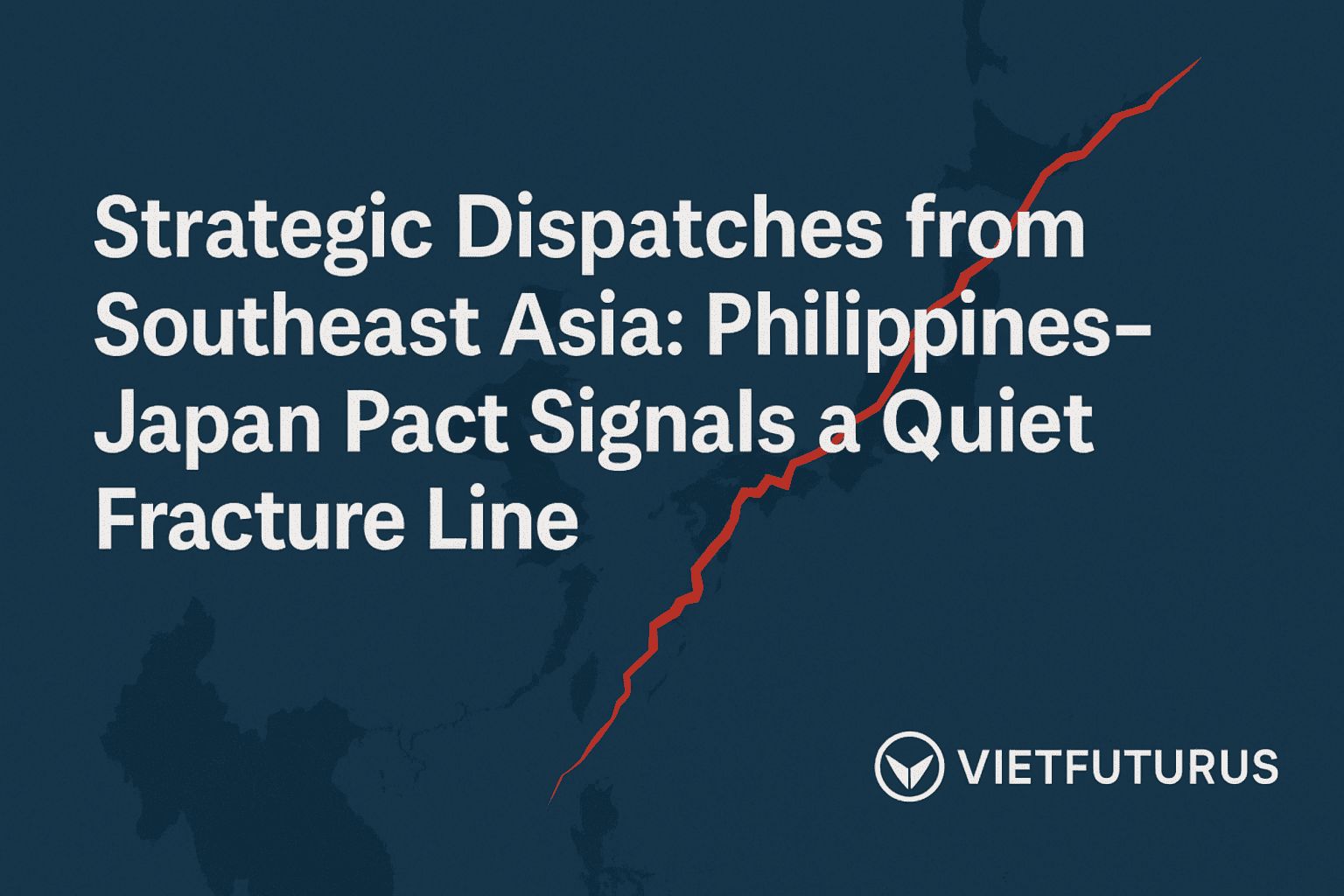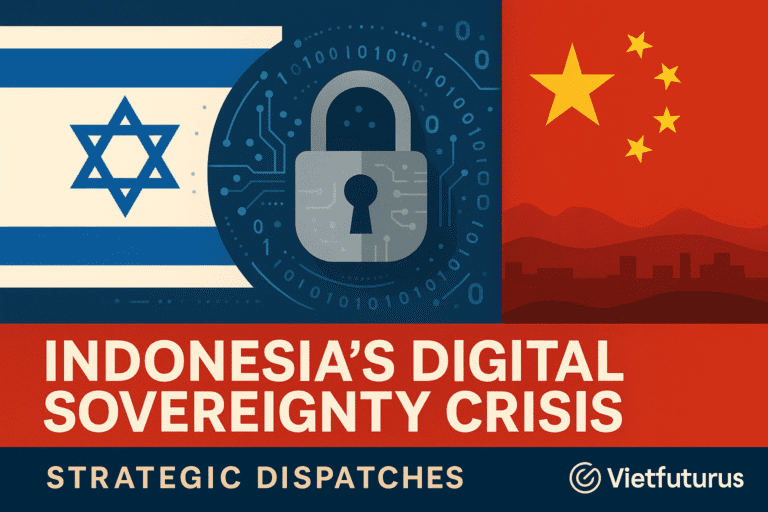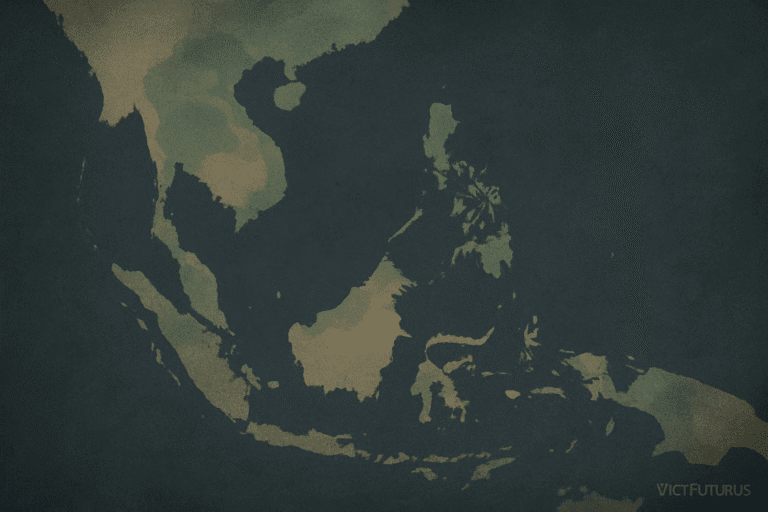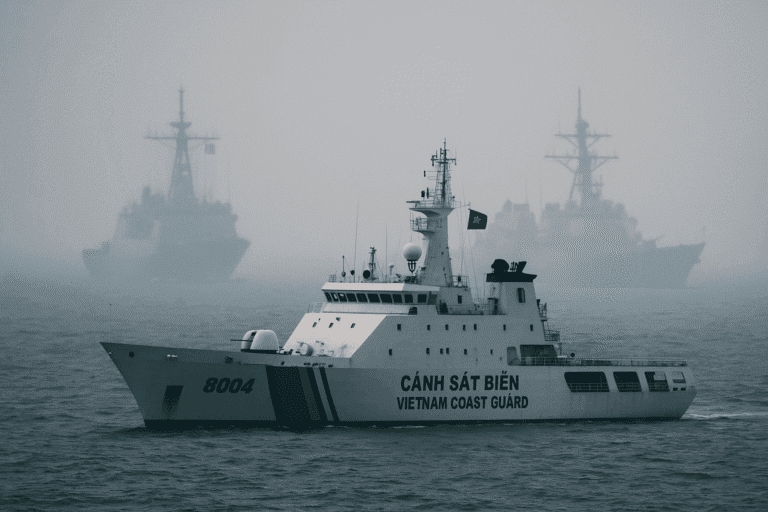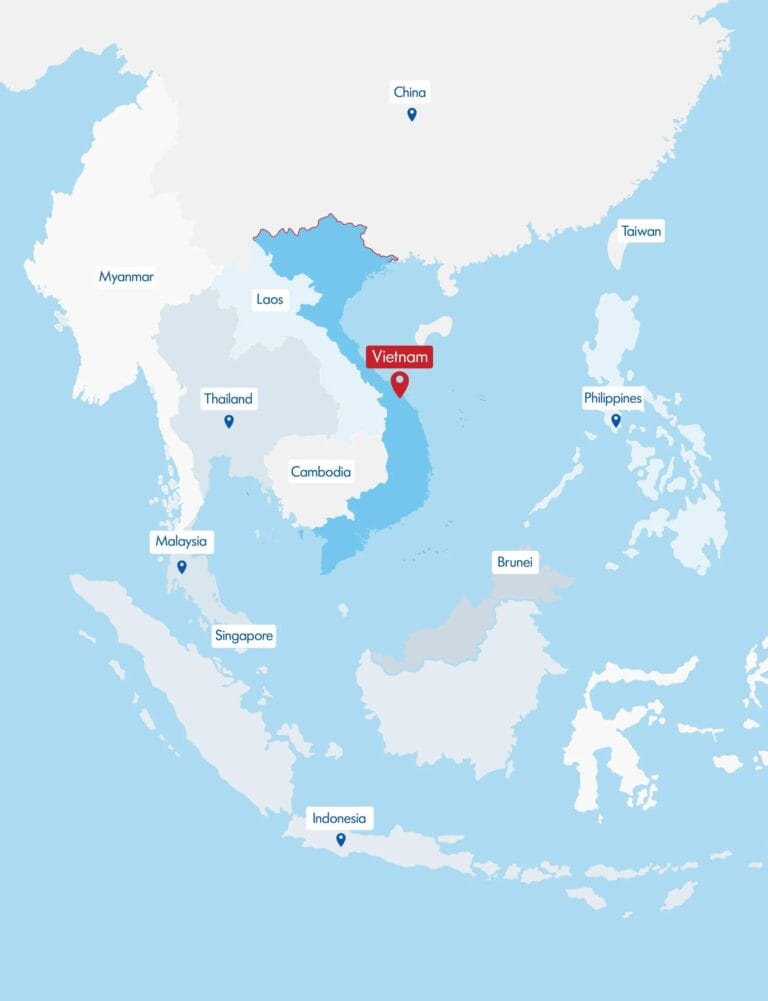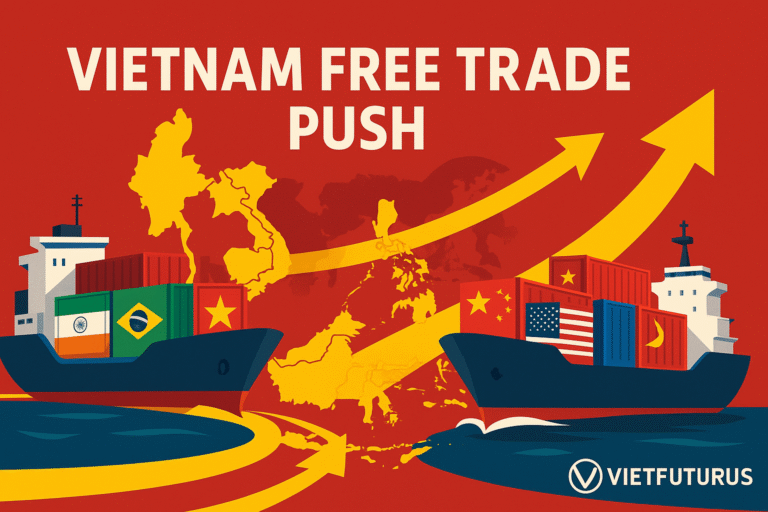Strategic Dispatches from Southeast Asia: Philippines–Japan Pact Signals a Quiet Fracture Line
Geo Pulse | Strategic Dispatches from Southeast Asia
In today’s strategic dispatches from Southeast Asia, a subtle fracture line has deepened across the contested waters.
On April 26, 2025, the Philippines and Japan signed a Reciprocal Access Agreement (RAA) — allowing each nation’s military greater access to the other’s territory for joint exercises and deployments.
At first glance, this Philippines–Japan pact seems routine.
But beneath the surface, it signals a tectonic shift in South China Sea alliances.
Why the Philippines–Japan Pact Matters
- New Frontline Emerges: Japan’s Self-Defense Forces now gain proximity — less than 200 miles from Taiwan’s flashpoint.
- Clearer Signal to Beijing: Manila is moving away from strategic ambiguity toward fortified partnerships.
- Regional Chain Reaction: This pact pressures ASEAN members like Indonesia, Vietnam, and Malaysia to reassess their security calculus in the Indo-Pacific.
Strategic Implications for the Indo-Pacific Security Landscape
Japan’s approach is deliberate:
Rather than escalating arms races, it embeds itself quietly through logistics and operational access.
For the Philippines, relentless harassment by Chinese maritime militias has eroded patience. Hedging is no longer enough. Hard alignment is quietly taking root.
This is not just cooperation.
It is the careful assembly of a war lattice across the Indo-Pacific security architecture.
Immediate Risks After the Pact
- Maritime Confrontations: Expect increased Chinese coast guard and militia actions near Philippine-controlled waters.
- Cyber Disruptions: Diplomatic and military networks in Manila and Tokyo could become prime cyber targets.
- Economic Pressure Tactics: China may quietly deploy trade disruptions, tourism bans, or customs slowdowns.
Long-Term Strategic Fractures
The South China Sea is no longer a fluid conflict zone.
It is hardening into two rival blocs:
- Defensive Coalition: Japan, Philippines, Australia, and the U.S.
- Revisionist Coalition: China, backed by selective ASEAN neutrality.
Each new pact intensifies the brittle web of Indo-Pacific tension.
Watch the cracks. The faultlines are moving faster than headlines can capture.

